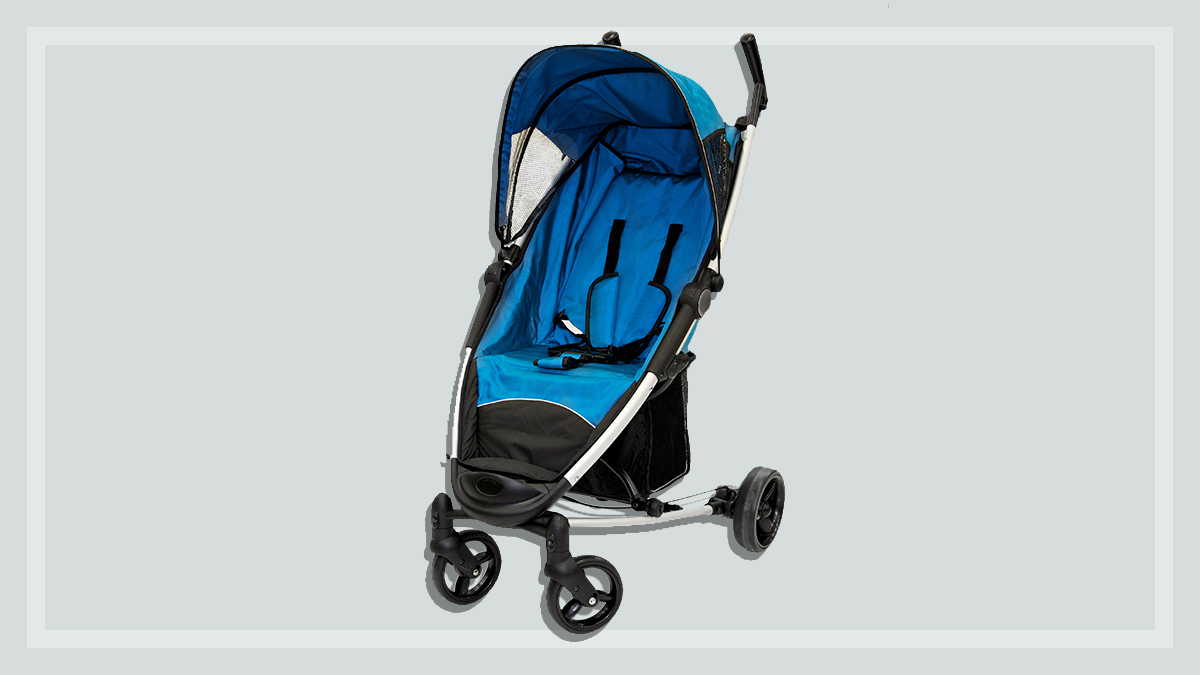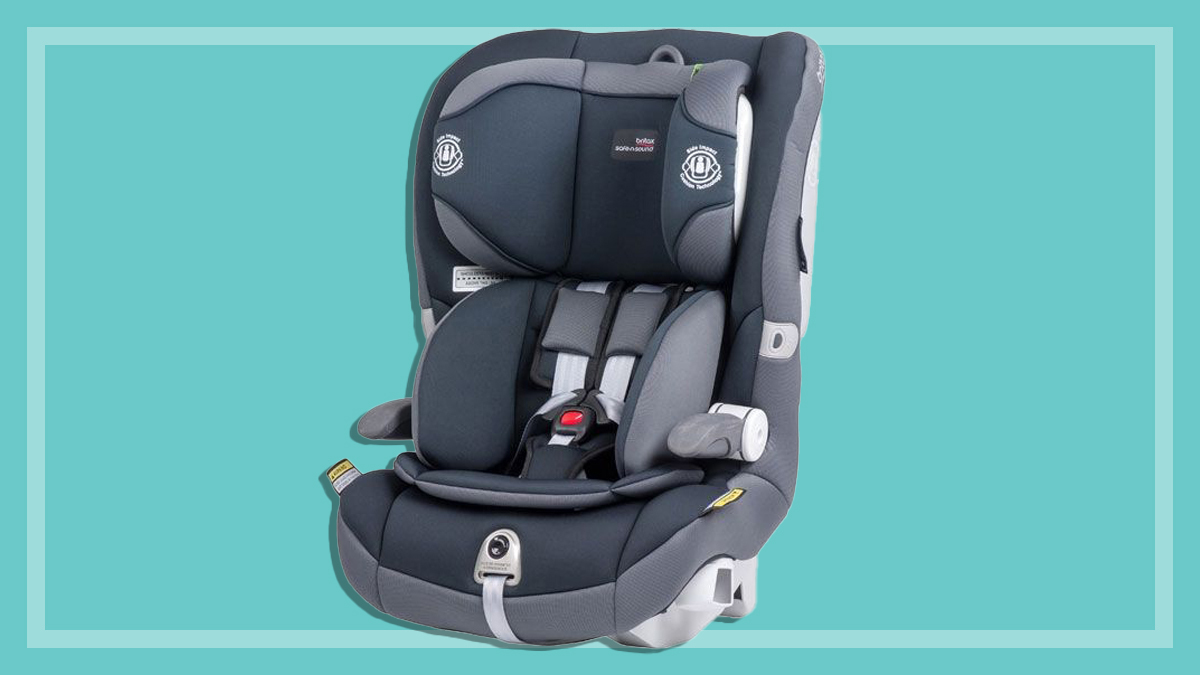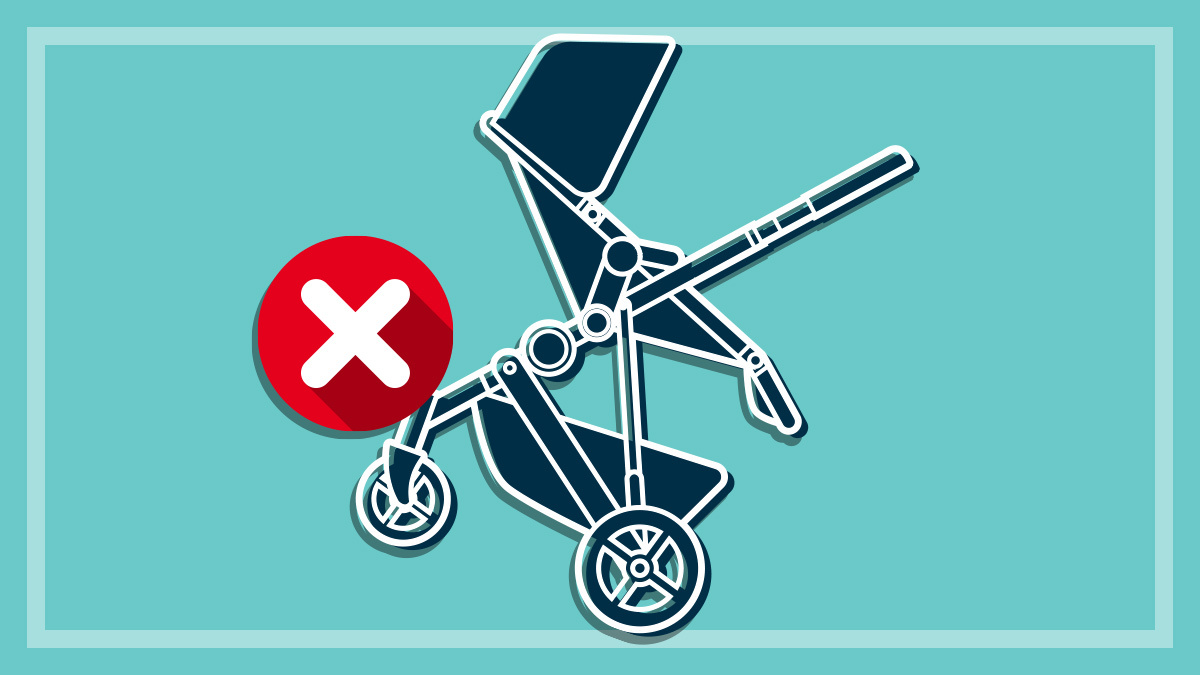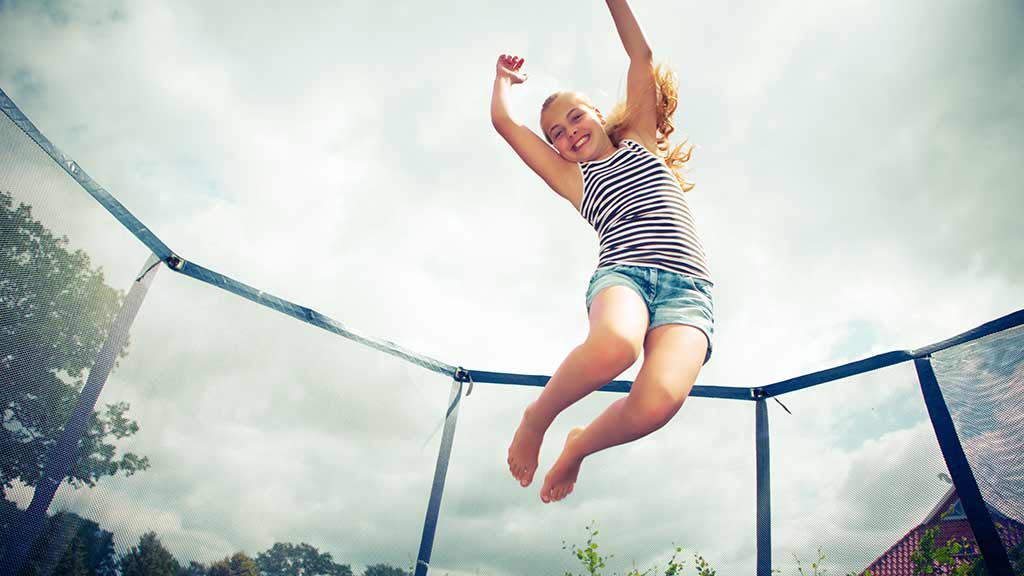Get our independent lab tests, expert reviews and honest advice.
How to buy the best baby carrier or sling
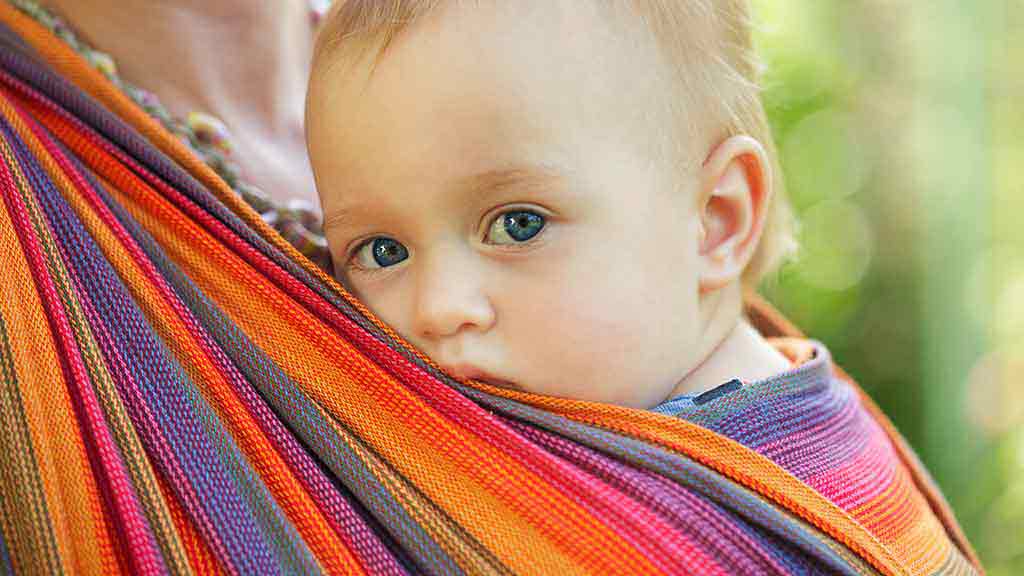
A baby carrier or sling is a great way to keep your hands free while enjoying close contact with your child. Baby-wearing, as it’s often known, can help keep baby calm and settled, make breastfeeding easier and generally helps the bonding between baby and parent – and the best bit is you can actually get things done at the same time!
On this page:
Each type and brand has its passionate supporters. You’ll hear arguments about which type is more natural, safer, better for baby posture and so on. There are some safety risks for slings and carriers explained below, but all types can be fine as long as they’re used correctly.
Our guide gives general advice on what to look for when buying a baby carrier or sling. There’s no current review of this product.
What types are available?
Carrier or pouch
A padded carrier (pouch) of firm or soft material worn on the body. These allow your baby to snuggle up in the face-in position. Most allow you to position your baby facing out, which allows more freedom of movement and greater visibility for an older baby. They are generally easy to use and to adjust for different wearers, but are more limited in the range of positions for the baby.
Sling
A pouch or strip of fabric, worn across one shoulder. They offer not just the face-in and face-out positions, but usually also the “peapod” position, where a young baby is carried wrapped around or across your body. However some models don’t have any padding over the parent’s shoulder, which can be less comfortable and they don’t always offer as much support to the baby as other types.
Wrap or Mei Tai
A long cloth strip wrapped and tied off around the body across either or both shoulders, or a cloth panel with four fabric tying straps. They can take some practice to get the wearing right, but can also be very comfortable and give excellent support to the child and the parent.Backpack carriersMany examples of the above types can also be used to carry a child on your back. You can also find backpack carriers with rigid frames, intended for carrying older children on hikes.
How do I choose the right one for me and my baby?
Try on a few different ones – ask to try your friends’ carriers, or try different models in stores. Correct fit is vital, not just for baby but for parents/carers too, so that parent and baby are comfortable, safe and secure. (For this reason, a baby carrier or sling isn’t a good idea for a pre-birth gift.) Ideally, you want your baby with you when you buy a carrier, so you can check for comfort and firmness of fit, adjustability, whether the baby’s weight is evenly distributed, and – importantly – whether baby likes being in it!
- Note: If you’re considering a baby sling in particular, make sure you do your research and find out the proper way to use the sling for the safety and security of both you and your child.
Recommended age and weight
Check the carrier/sling is suitable for your child, but remember that the ages and weights are only a guide. Some are suitable up to around 12kg, while others are suitable up to 20kg or around three years of age. While these ranges can be useful to see whether it’s suitable for a small newborn baby, in most cases you’ll know pretty quickly when an older bub isn’t happy in it any more!
If you plan to use it for more than just a few months, make sure it can accommodate your baby’s growth. A facing-out option is particularly important for carrying older babies.
Safety standards
There is no Australian standard for baby carriers and slings, but you can look to the European standard EN 13209-2 or the US standard ASTM F2236 for certification. The Australian Competition & Consumer Commission has created a safety brochure for the use of baby slings that may be helpful, particularly if you’re using a sling for the first time.
Putting it on
Make sure you can put the carrier on and take it off easily without assistance. Clips and buckles are usually easier to do up and release than straps that tie up. Instructions should be clear and concise, and ideally should be included on the carrier itself.
Breastfeeding
The extra material in a sling-type carrier allows mum to breastfeed a baby, which is a bit awkward in a pouch. However, a sling can also be too bulky for smaller babies, can take longer to learn to wear correctly, and some people find them uncomfortable.
Straps
Look for broad, well-padded shoulder straps that cross at the back and don’t pull too much on your neck or shoulders. A broad hip or waist strap takes some weight off your shoulders and limits sideways movement of the carrier. Straps should be easily adjustable with one hand and shouldn’t obscure a baby’s vision or cut into their face. Slings and wrap-style carriers can usually be worn so that there’s a broad piece of fabric over your shoulder(s) and waist.
Support for baby
The ideal flexed posture for a baby is in a “cuddling” position with legs splayed (but not too widely) and supported around the thighs and bottom. Head support is particularly important for younger babies, who have little or no head and neck control yet. Make sure your baby always has their face clear of the fabric and your body, for easy breathing.
Material
Materials and seams should not rub or chafe. Breathable fabrics and gaps help keep baby cool in summer, but conversely you will need to dress your baby warmly in cool weather – consider what season(s) you’ll be using it in.
Other features
Other useful features include a ‘dribble-guard’ to protect your clothes, a pouch for wallet or keys, and a rain guard or sun cover.
Cost
They range in price from about $50 to $300.
Can a carrier or sling be bad for baby – or me?
For baby
If you’re considering a sling, remember that babies have suffocated in these, in Australia and overseas. The highest risk is to premature babies or those under the age of four months, or with low birth weight or breathing difficulties, even something as slight as a cold. In these cases a pouch or wrap may be a better option. Regardless of the type of carrier or sling, always avoid positioning your baby with their face pressed against the fabric or your body, or lying with a curved back with chin tucked against their chest.
For safe sling use, follow the TICKS checklist promoted on on the government’s Product Safety website:
- Tight: Slings should be tight enough to hug your baby close to you.
- In view at all times: You should always be able to see your baby’s face by simply glancing down.
- Close enough to kiss: By tipping your head forward you should be able to kiss your baby on the head.
- Keep chin off the chest: A baby should never be curled so that their chin is forced onto their chest as this can restrict their breathing.
- Supported back: The baby’s back should be supported in a natural position so their tummy and chest are against you.
You might also hear about hip dysplasia. This is a congenital or acquired deformation or misalignment of the hip joint, where the thigh bone (femur) misaligns with the hip bone. Serious cases are rare, but mild cases are not uncommon and these usually resolve naturally. However, the condition can be exacerbated by poor positioning in a carrier or sling if the hips are incorrectly supported, kept too close together or spread too widely, especially in the first few weeks.
Physiotherapist advice is that a mild abducted position is best, i.e. knees apart but not too widely. This is basically a flexed, “cuddling” position. Infant inserts for carriers should be used for correct baby posture. In the first six weeks the child may appear to have tightness in their joints and should not be stretched other than for functions such as nappy changes, and should not be put in carriers that require wide hip spread. Consult your doctor for further advice.
For you
Most people won’t have any particular trouble wearing a well-fitted carrier or sling. However, if you have back problems or other health issues that might make carrying your baby more difficult, talk to your doctor, or a physiotherapist or chiropractor for advice. For example, if you’ve had a caesarean section, you’ll probably need to avoid any pressure on the scar for several weeks after birth, which could affect your choice of carrier.

